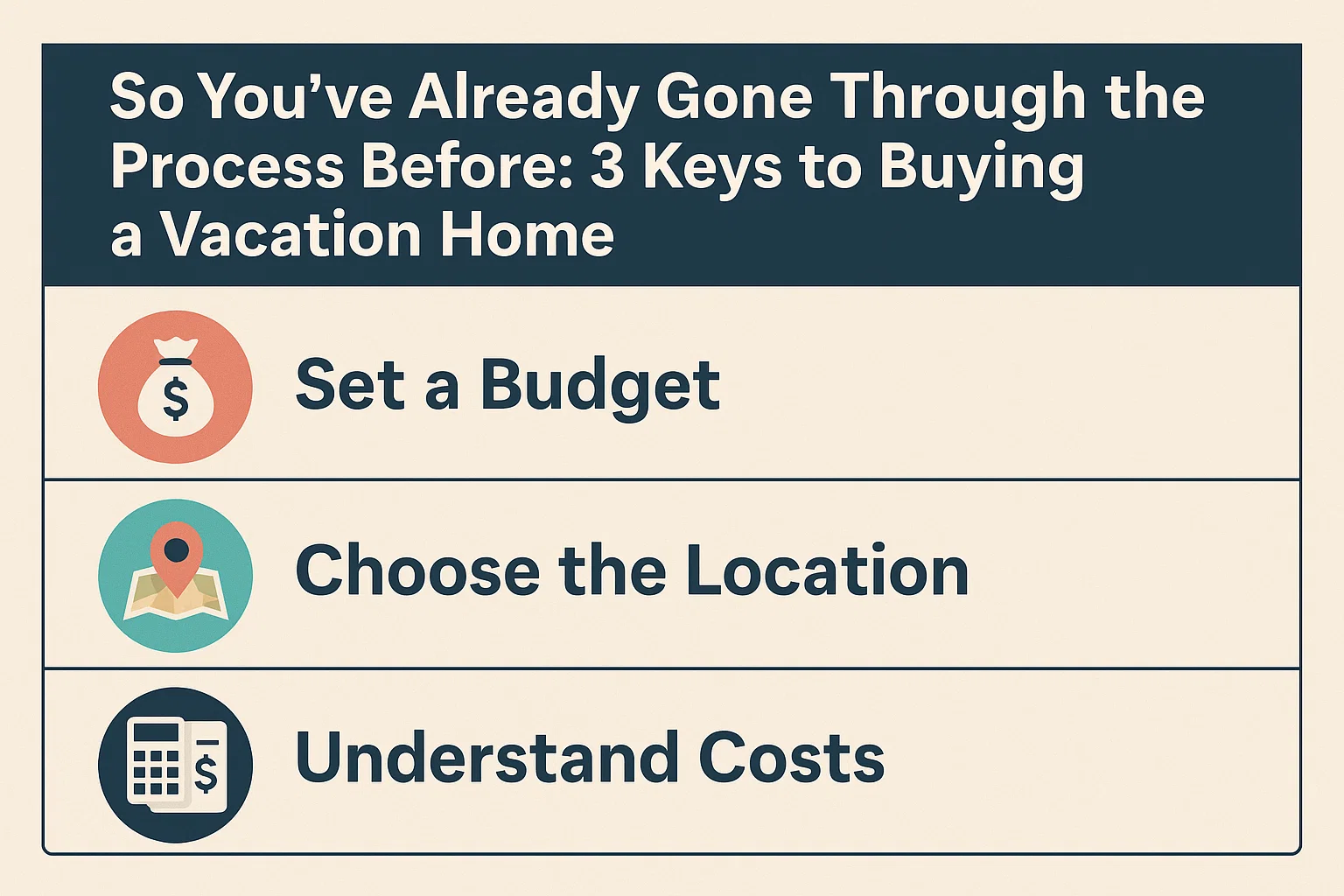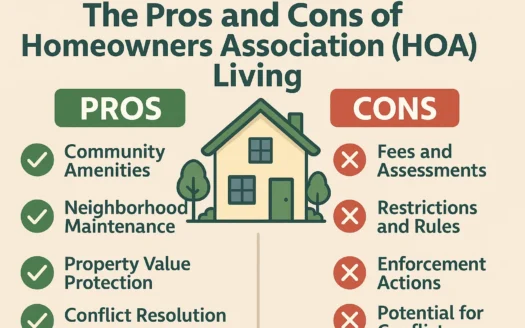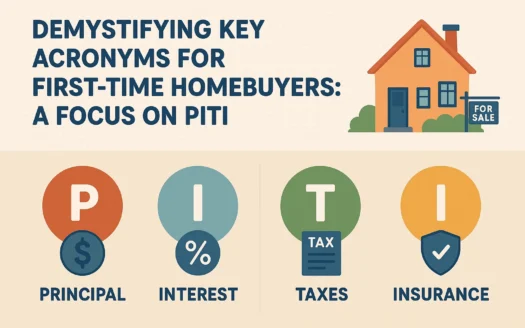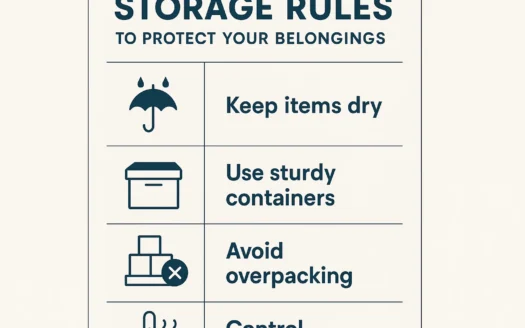So You’ve Already Gone Through the Process Before: 3 Keys to Buying a Vacation Home
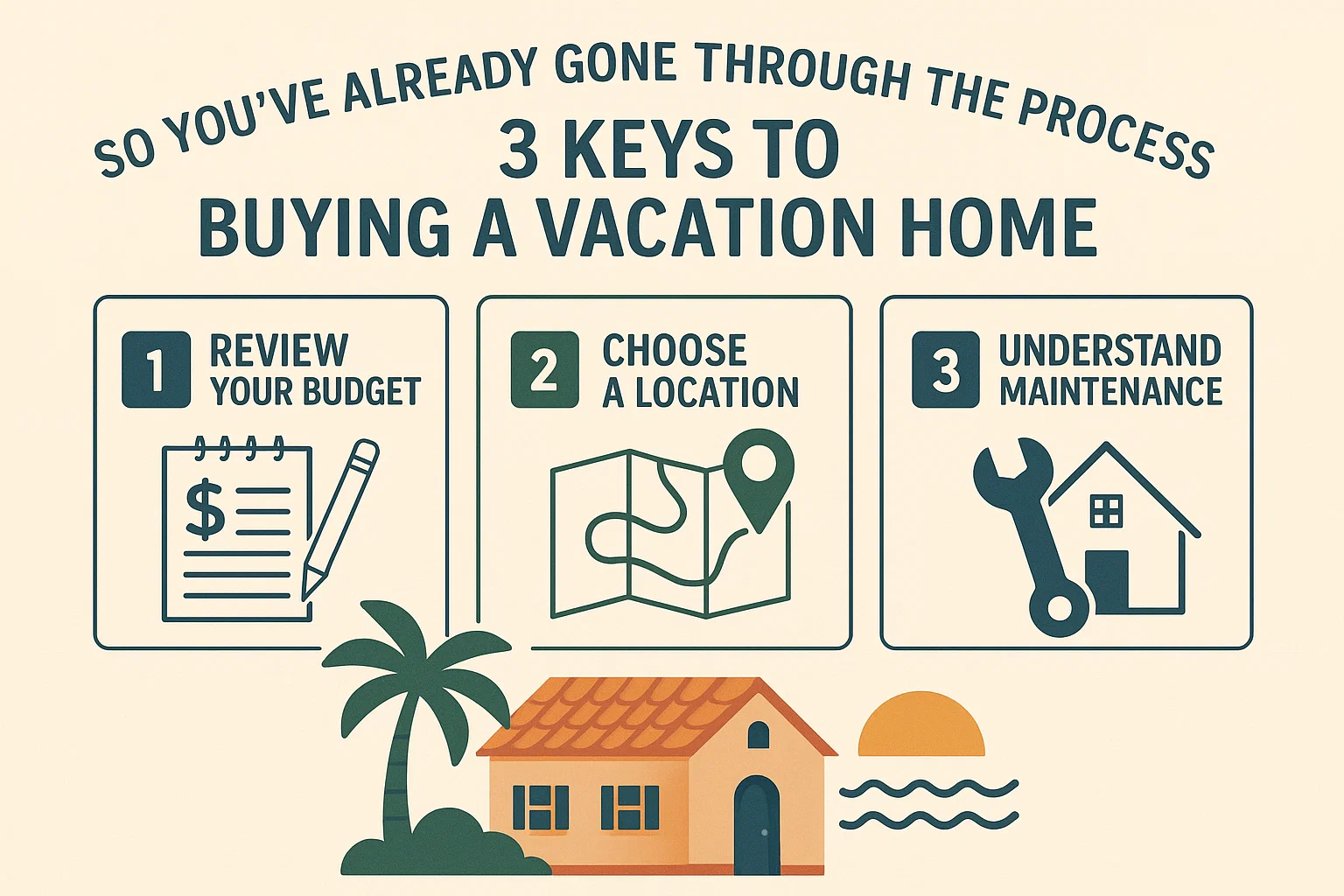
So You’ve Already Gone Through the Process Before: 3 Keys to Buying a Vacation Home
You’ve bought a home, established yourself financially, and now you’re ready to celebrate the rest of your life by buying a vacation home. The rest should be a breeze, right? Before you jump into the waters at your lakefront property or hit the slopes from your Rocky Mountain getaway, it’s critical to weigh the differences between primary homes and vacation homes. Here are three key considerations to unlock the door to your perfect vacation retreat.
Key #1: Answer the Why, Where, and How Questions
Buying a second home starts with asking yourself important questions. The first: “How do you plan to use the home?” Whether it’s for retirement, proximity to nature, or escaping city life, location is everything. “The first three rules of real estate still apply: location, location, location,” advises a CEO of a lake-focused real estate company.
“Don’t just make a weekend visit and buy. Go rent or visit friends and test-drive the experience. Many people believe they know what they want but are really guessing—do firsthand research.”
Schedule an appointment with a local agent to uncover regional surprises, like seasonal water levels or shoreline regulations. Prioritize amenities that fit your lifestyle, such as resort-style pools, hiking trails, or golf access. “We focus on what they’re going to be doing when they’re there, not the size of rooms,” says a sales director at a waterfront resort community.
Key #2: Consider the Non-Vacation Time
Vacation homes require maintenance even when you’re not there. Resort communities often handle lawn care, snow removal, and landscaping, but if you’re outside one, opt for durable materials and smart tech:
- Hardwood floors over carpet
- Smart thermostats for temperature control
- Water leak detectors for plumbing safety
Security is critical: keyless-entry locks let you monitor access and update codes remotely. Renting can offset costs, but factor in management fees. “Be prepared to handle repairs or hire someone who can,” warns a resort sales director.
Key #3: Develop a Financial Plan
Calculate the total cost of ownership, including taxes, insurance, utilities, and maintenance. Consult a financial advisor to understand tax implications, especially if renting. Lenders may have stricter requirements for second homes, so avoid overextending credit before applying.
“A mountain-view or lakefront home’s value can dwarf a similar property just half a mile away. Location impacts second homes more than primary residences.”
Finally, consider resale value. Premium locations—like oceanfront or ski-in/ski-out lots—often appreciate more than suburban equivalents. A $350,000 home in a quiet area could cost $500,000 in a prime spot due to land value alone.
With these keys in hand, you’re ready to unlock the door to your dream vacation home—and the peace of mind to enjoy it.
